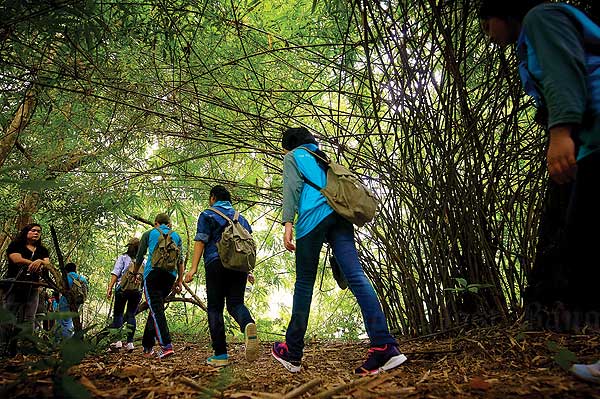
Students have fun in a forest
By Sukrit Khaepimpan
Photos by Sukrit Khaepimpan
and courtesy of Banpu Public Company Limited
Did you know
New Zealand’s Kea parrot sometimes attacks and eats sheep.
Biodiversity is a key element to the survival of the environment and a country’s sustainable development. In October, Banpu Public Company Limited and Mahidol University’s Faculty of Environment and Resource Studies hosted the 10th Power Green Camp with the theme, “Biodiversity for Environmental Development and Sustainability.” The eight-day camp was attended by 70 high school science majors.
At the camp, students learned theories in class and applied them to their walking activities at Khao Kheow and Khao Chompoo Wildlife Sanctuary and Centre of Expertise on Eco-Tourism for Mangrove Conservation in Chonburi. They learned about the development of biodiversity, natural disasters and various kinds of soils, plants and bugs.
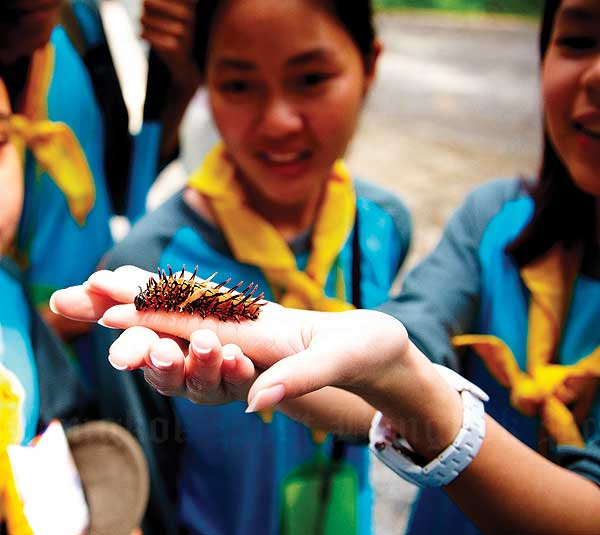
Here are some activities at the camp.
Students learned how to use binoculars. The lecturer said birds created a balance in environment by eating seeds and pooping them somewhere else, helping plants to grow in different areas.
According to Weeyawat Jaitrong, the ant and insect specialist from the National Science Museum, there are more than 12,000 species of ants all over the world. He also said a survey at Khao Yai National Park found that if all the park’s ants were gathered together, they would be heavier than a herd of elephants.

Students got close to a butterfly, a worm and a grasshopper. Weeyawat told students that there are more than 8,700 species of butterfly and insect in the world. They spread flowers' pollen which allows flowers to reproduce.
Students enjoyed trekking in the forest which became their outdoor classroom to explore and learn about biodiversity.
The 2.3-kilometre bridge is the longest wooden suspension bridge built in a mangrove forest. The centre is the perfect place to experience a variety of plants and aquatic animals in the mangroves.
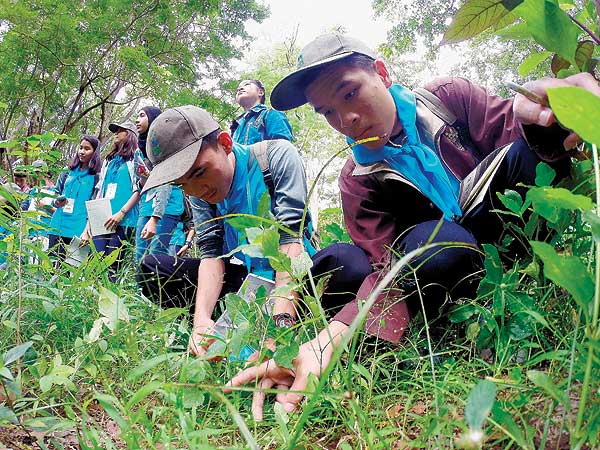
Student Weekly chatted with some students about what they learned from attending the camp.
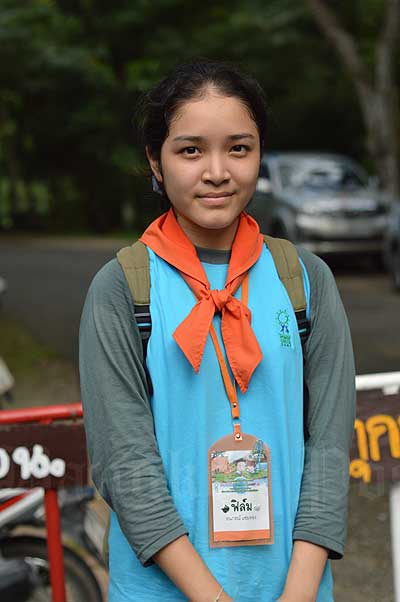
"I enjoyed the trekking because it allowed me to see plants and animals which I can’t see in the city. I also learned about the evolution of animals and plants which have developed to survive. A lecturer told us that there is a butterfly which drinks blood.”
Film, 16,
Banlat Witthaya School,
Phetchaburi
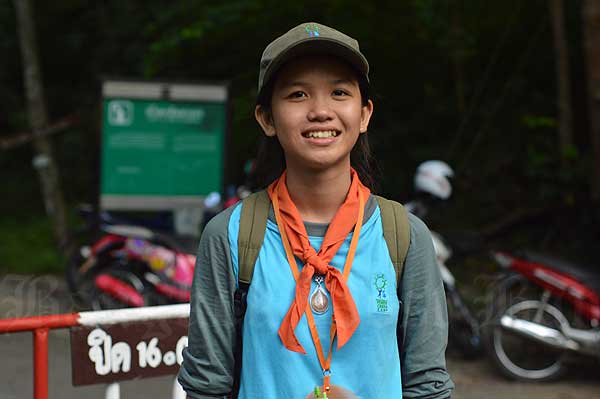
“I gained a lot of knowledge about plants and the habitats of wildlife. I liked the walking activities because I experienced touching a butterfly and bird watching. It was fun.”
Pop, 16,
Khoksomrong Witthaya School,
Lop Buri
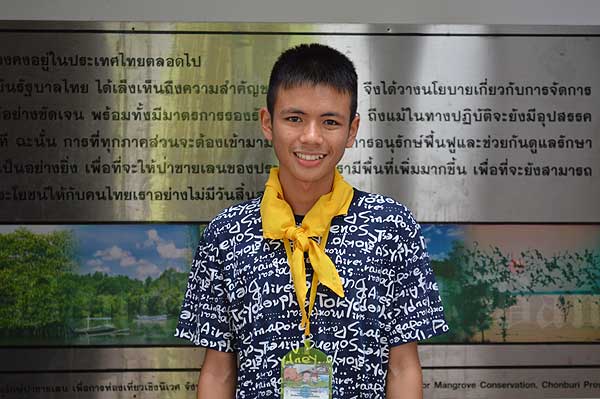
"This camp gave me a lot of experiences and knowledge about biology and science. My favourite activity was exploring the mangroves because they are beautiful and a great habitat for preserving aquatic animals.”
Aumm, 16,
Phra Pathom Witthayalai School,
Nakhon Pathom
Vocabulary
- biodiversity (n): the existence of a large number of different kinds of animals and plants which make a balanced environment
sustainable (adj): causing little or no damage to the environment and therefore able to continue for a long time
binoculars (n): an instrument that makes far away objects seem nearer when you look through it
pollen (n): powder that is formed in flowers and carried to other flowers by the wind or by insects, to make those flowers produce seeds
trekking (n): the activity of walking long distances for pleasure
mangrove (n): a tropical tree, found near water, whose twisted roots grow partly above ground
aquatic (adj): growing or living in, on or near water
evolution (n): the way in which living things change and develop over millions of years
habitat (n): the natural environment in which an animal or plant usually lives


